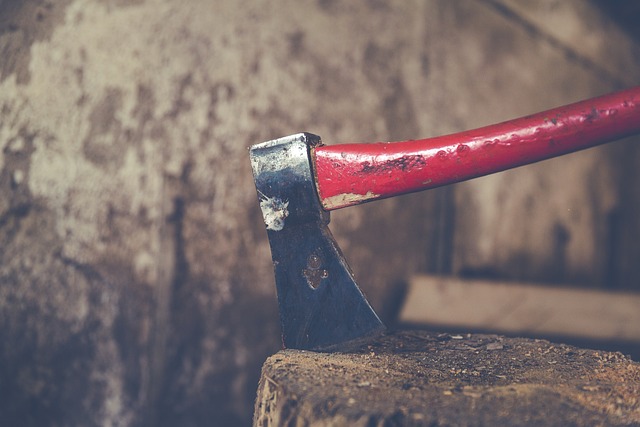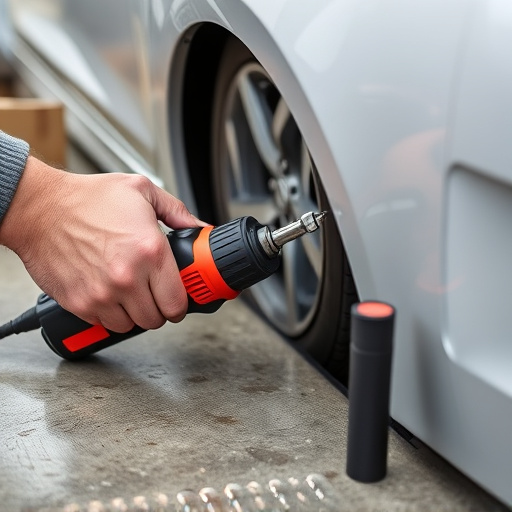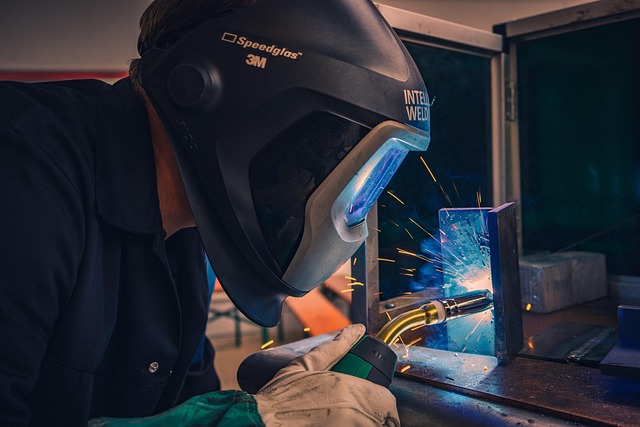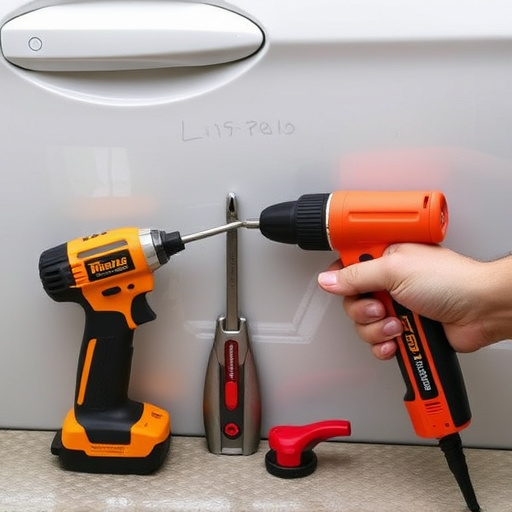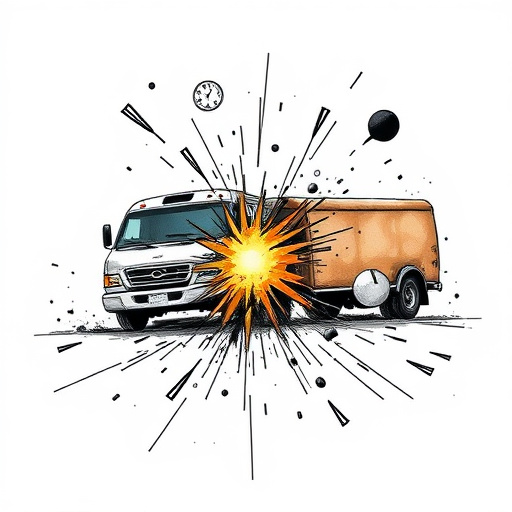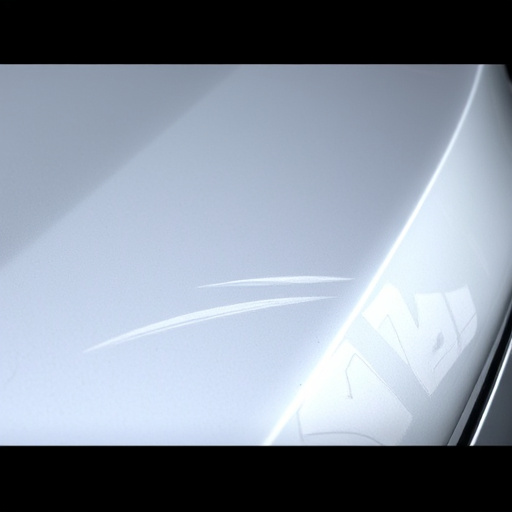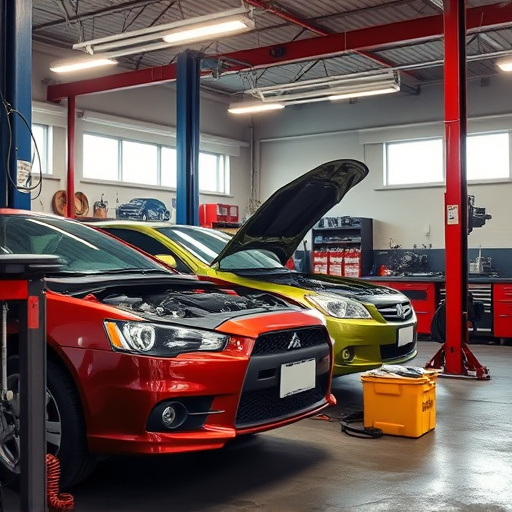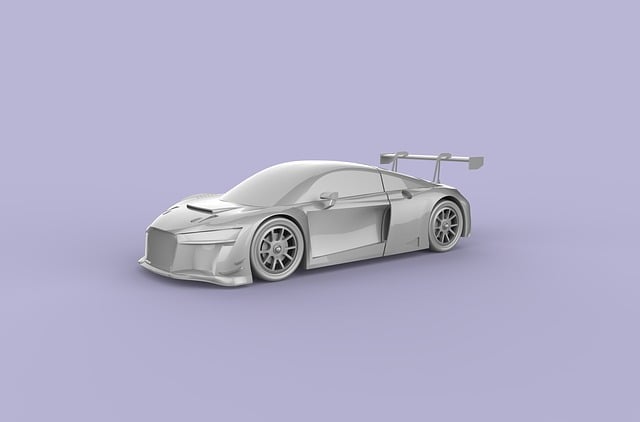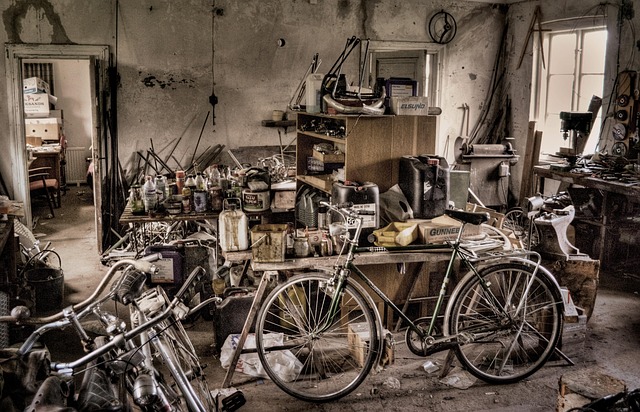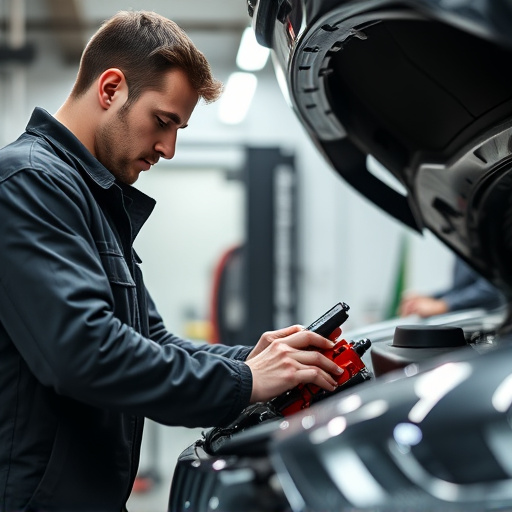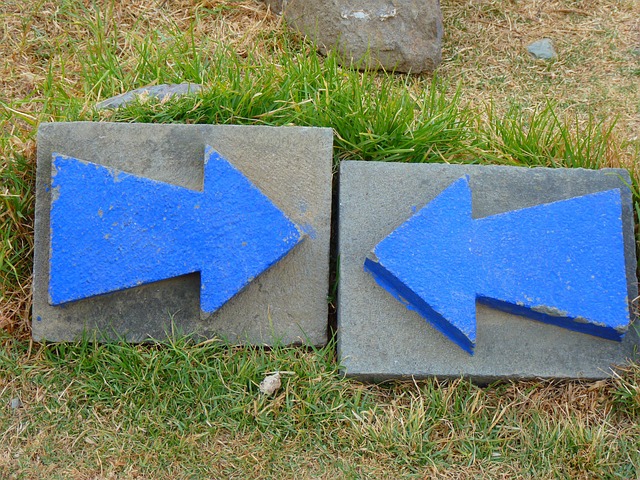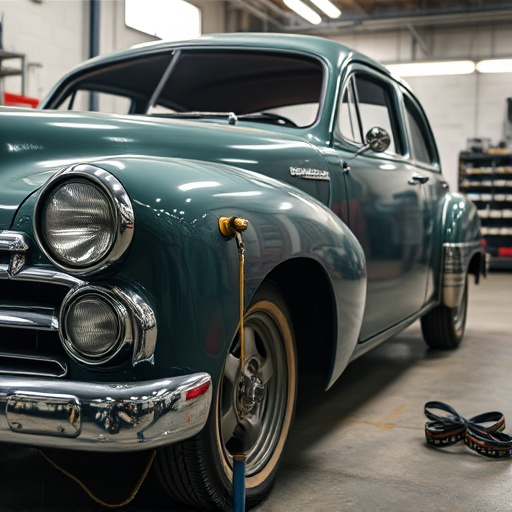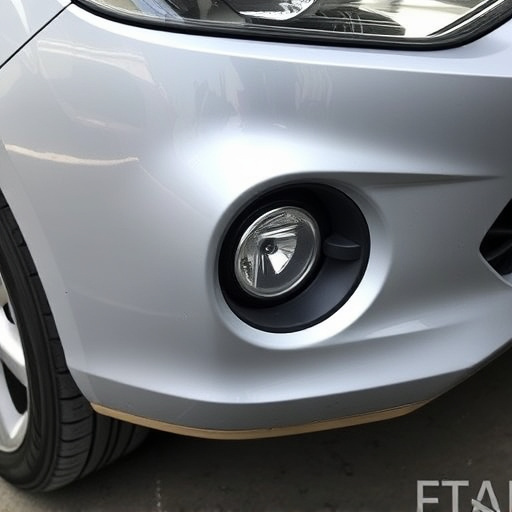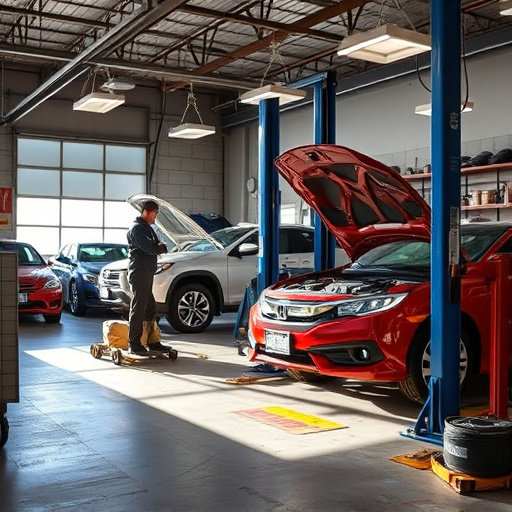Tri-coat paint, a luxury vehicle finish with three protective layers, is renowned for its durability and aesthetic appeal. When damaged, specialized tools and techniques are required for precise repairs, matching colors seamlessly and minimizing scarring. This process, while more expensive due to its skill-driven nature, is highly demanded by luxury car owners committed to maintaining their vehicles' pristine condition.
Tri-coat paint repairs have become a common service for luxury vehicle owners. This advanced painting technique, consisting of three layers—base, middle, and top coat—is designed to offer superior durability and an exquisite finish. However, its intricate nature makes it susceptible to damage from environmental factors and cosmetic issues.
This article explores why tri-coat repairs are prevalent in the luxury car sector. We’ll delve into the unique properties of tri-coat paint, the contributing factors to common repair needs, and the meticulous process involved. By understanding these aspects, car owners can appreciate the benefits of specialized tri-coat paint repair for longevity, aesthetics, and resale value.
- Understanding Tri-Coat Paint and Its Unique Properties
- – Definition of tri-coat paint and its use in luxury vehicles
- – Advantages and challenges of this paint system
Understanding Tri-Coat Paint and Its Unique Properties
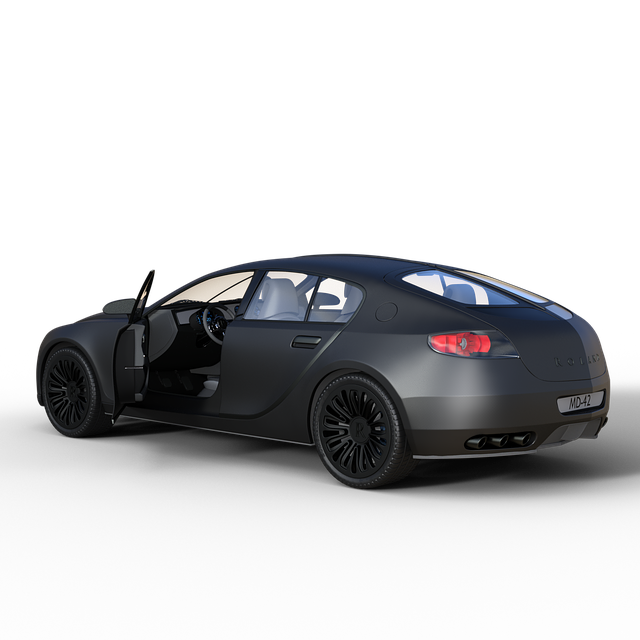
Tri-coat paint is a specialized finish used on luxury vehicles, known for its durability and rich, glossy appearance. This three-layer coating—consisting of a base coat, intermediate coat, and top coat—offers enhanced protection against chips, scratches, and environmental factors like UV rays. Each layer plays a crucial role in maintaining the vehicle’s aesthetic appeal and structural integrity.
The unique properties of tri-coat paint set it apart from traditional single- or two-layer finishes. The intermediate coat, in particular, serves as a bond between the base and top coats, providing an extra layer of protection against damage. This intricate design allows for more complex color matching and creates a smoother, more seamless finish when repairs are needed. Unlike simple paint jobs or even two-coat applications, tri-coat repair requires specialized techniques and tools to ensure minimal scaring and maximum restoration.
– Definition of tri-coat paint and its use in luxury vehicles

Tri-coat paint is a specialized finishing technique used extensively in luxury vehicles to achieve a stunning and durable exterior. Unlike traditional auto body painting methods that apply just two coats, tri-coat involves three distinct layers—a base coat, a color coat, and a clear coat—each serving a specific purpose. The base coat provides color and protection, the color coat adds depth and vibrancy, while the clear coat offers a glossy finish, enhancing the vehicle’s aesthetics and safeguarding it from environmental factors like UV rays and corrosion. This meticulous process is favored by luxury car manufacturers for its ability to produce exquisite, long-lasting finishes that reflect the high standards of their vehicles.
In the realm of vehicle repair, tri-coat paint repairs are particularly common due to the fragility of these sophisticated finishes. Minor scratches, dents, or chips can disrupt the three-layer structure, compromising the vehicle’s appearance and protective properties. Skilled technicians employ specialized tools and techniques, including precise sanding, careful application of touch-up paints, and meticulous clear coating, to restore the tri-coat to its original condition, ensuring both visual perfection and optimal protection for the auto body painting job.
– Advantages and challenges of this paint system
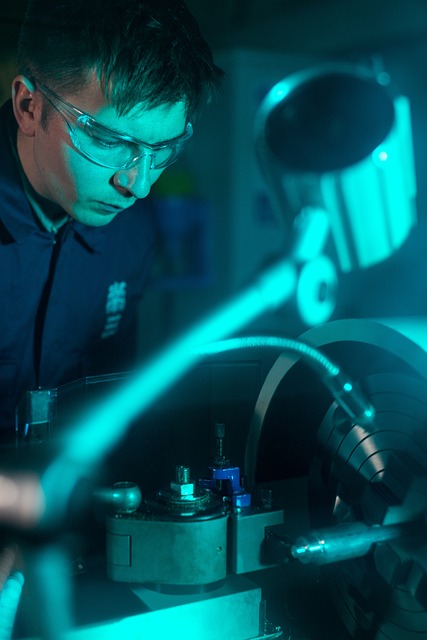
The tri-coat paint system, a common feature on luxury vehicles, offers several advantages. It provides an extra layer of protection for the car’s exterior, ensuring a more durable and chip-resistant finish. This multi-layer approach also allows for greater color accuracy and depth, maintaining the vehicle’s initial aesthetic appeal. Moreover, tri-coat repairs are often more precise and less invasive compared to traditional paint jobs, making them a preferred choice for auto body shops offering car paint services.
However, implementing tri-coat repairs comes with challenges. The process requires specialized equipment and highly skilled technicians, increasing costs for both the auto body shop and the vehicle owner. Additionally, since each layer of paint needs to be meticulously matched in terms of color and texture, any misstep can lead to visible imperfections. Despite these hurdles, the demand for tri-coat repairs remains high, especially among luxury car owners who prioritize maintaining their vehicles’ pristine condition, often opting for paintless dent repair when possible to preserve the original finish.
Tri-coat paint systems, while offering enhanced protection and a luxurious finish, present unique challenges for repairs. The delicate nature of these multi-layer coatings requires specialized skills and equipment to ensure seamless integration with the original vehicle. As luxury vehicles continue to evolve, efficient and effective tri-coat paint repair techniques will remain crucial in maintaining their aesthetic appeal and resale value.
